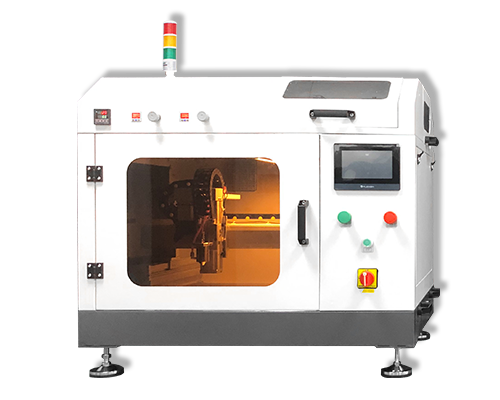Introduction of Perfluorosulfonic Acid Resin
Introduction of Perfluorosulfonic Acid Resin – Fuel Cell Catalyst Coatings – Cheersonic
The key technical indicators such as EW value, IEC and ionic conductivity of the proton exchange membrane directly depend on the composition and structure of the perfluorosulfonic acid resin. The selection of the appropriate PFSA is a priority factor for the selection of proton exchange membranes.
PFSA is composed of two parts: the main chain of polytetrafluoroethylene and the branched chain of functional groups. The ionic conductivity is related to the main chain length m、n and the branched chain length x、y, and the film-forming conditions such as heat treatment temperature and solvent also affect the ionic conductivity of PEM. The EW value represents the total content of ionic groups in PFSA.

Ultrasonic spray fuel cell catalyst coating system can produce highly uniform, repeatable and durable coatings. Our ultrasonic spraying can well control coating properties, significantly reduce material usage, and reduce maintenance and downtime.
Our company’s ultrasonic spraying equipment can be sprayed on a variety of different metal alloys, including the preparation of platinum, nickel, iridium and ruthenium-based fuel cell catalyst coatings, as well as PEMs, GDLs, DMFCs (direct methanol fuel cells) and SOFCs (solid Oxide fuel cell) manufacturing. The battery manufactured by this technology has the characteristics of high battery load and high battery efficiency.
The optional ultrasonic dispersion system can uniformly disperse the catalyst solution without blocking the ultrasonic nozzle, thereby providing a uniform and homogeneous fuel cell catalyst coating, and has a controlled droplet size from ultra-low flow to production-scale flow.

